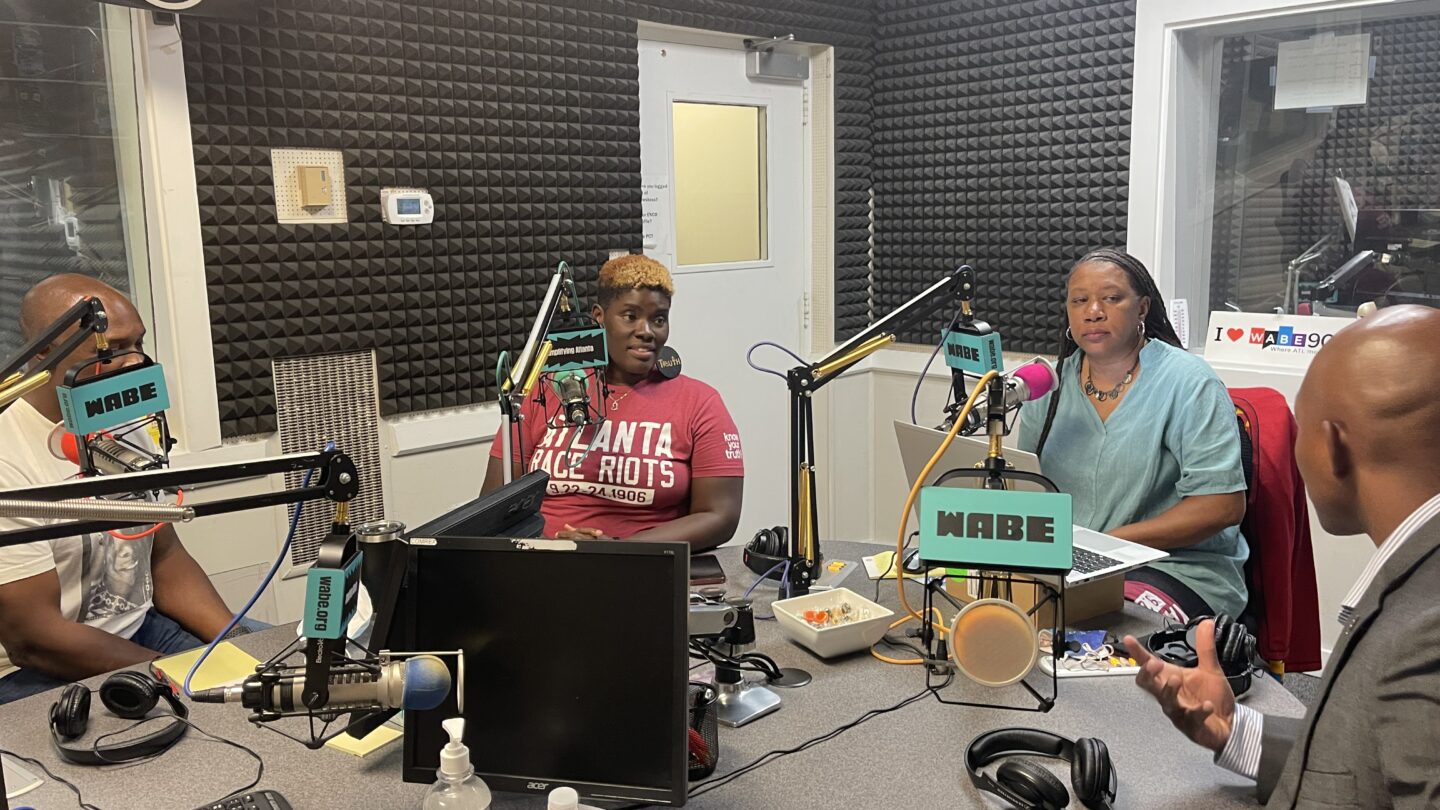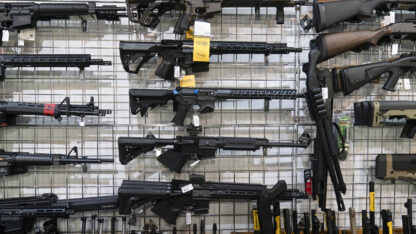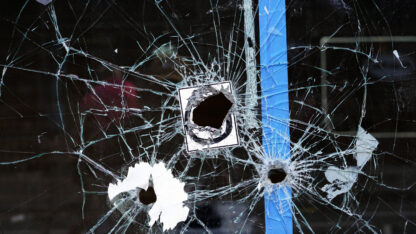Firearms are the leading cause of death for Americans one to 17 years old. On this special edition of “Closer Look,” community experts discuss holistic approaches to minimize systemic, socio-economic barriers that promote youth violence.
From 2019-2020, gun homicides among children and teenagers saw a dramatic increase. Founders of L.E.A.D. Center For Youth C.J. and Kelli Stewart use baseball as a vehicle to help youth overcome crime, poverty and racism. The organization combats violence among Black youth by deconstructing the culture of survival born from limited access to housing, generational trauma, a deficit of resources and socio-economic barriers.
“When people are focused on surviving, they’re not focused on the future because the future seems so far away and the future seems unreasonable,” Kelli Stewart said. “When we find a way to get past this culture of surviving and get to thriving, we will see a difference.”
C.J. Stewart stressed the importance of investment in programs that work to help children develop literacy in conflict resolution. The organization seeks out African American boys in Atlanta Public Schools underperforming in grades, attendance and behavior and living in low-income homes to provide trauma-informed, active intervention that deals with issues they face.
He cited the impact of positive, knowledgeable mentors who express empathy for youth and motivate them to become strong members of the community and develop a sense of security.








